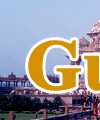 |
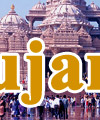 |
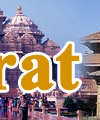 |
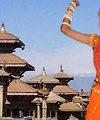 |
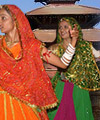 |
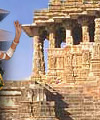 |
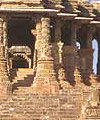 |
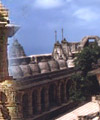 |
|
|
Patan
Patan is an ancient fortified town, situated on the banks of the
sacred Saraswati River. It is planned on a circular format with Buddhist stupas at each of the four points of the compass. The city is three kilometres southeast of Kathmandu across the southern bank of the river Bagmati. Like Kathmandu, its most photogenic centre of attraction is its Durbar Square complex, situated right in the middle of the market place. The city is full of Buddhist monuments and Hindu temples, with fine bronze gateways, guardian deities also and wonderful carvings. Noted for its artisans and metalworkers, it is also known as the city of artists. The Jain text, 'Kumarpala Rasa', describes Patan as a prosperous fortified town: 18 miles in circumference with 84 town squares, 52 bazaars, mints of gold and silver, well laid gardens with fountains and trees, grammar school of Sanskrit and Prakrit, numerous Hindu and Jain temples and Sahastralinga Talav. The urban structure of the town is made of several neighborhoods called Pols. 'Pols' are densely populated and are like a maze with carved wooden facades in traditional Gujarati architectural style.
History Vanraj Chavda, founded it in 746 AD and Patan enjoyed a privileged
status of capital of Gujarat, for about 600 years from 746 AD to
1411 AD. The major Rajput clans of Chavdas (746-942 AD), Solanki
(942-1244 AD) and Vaghalas (1244-1304 AD) ruled Gujarat from Patan.
The glory of Patan reached its zenith during the Solanki period
- the golden age of Gujarat. During these years, the city was a
great place of learning and a prosperous trading center. The rulers
were great patrons of fine arts and architecture and undertook construction
of many civic and religious edifices in the city.
|
||||||||||||||||
|
||||||||||||||||
|
||||||||||||||||